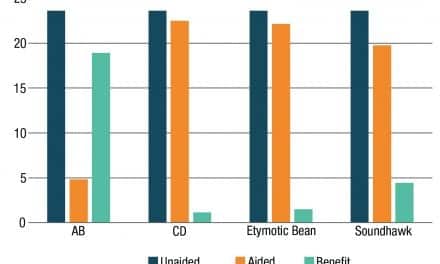Between one and two out of 1,000 newborns have hearing loss, but what factors correlate with newborn hearing problems? Duke Global Health Institute (DGHI) affiliate Paul Lantos and his team—including DGHI affiliate Sallie Permar—recently published research examining how race, gestation age, maternal sexually transmitted infections (STIs), and geographical home location correlated with hearing loss for more than 19,000 infants in Durham County. An article detailing the results was published on DGHI’s website.
The researchers used geostatistical software to map data from electronic medical records for Durham County. After testing for correlation between hearing loss and demographic factors contained within the records, the team analyzed how regions of the county with high rates of hearing loss correspond to disadvantaged urban communities.
Their analysis showed that hearing loss is significantly associated with minority race, lower gestational age, and presence of maternal STIs. The team also found that poorer urban neighborhoods had increased probability of infant hearing loss, possibly because they also have higher rates of cytomegalovirus (CMV), a virus passed from mothers to newborns that weakens the immune system.
The study findings reveal factors that can be used to identify newborns with higher risk of hearing loss. The authors also suggest that CMV testing could potentially be used as a way to identify newborns with high risk of hearing loss, since many newborns are lost to follow-up after initial hearing test failures.
Original Paper: Lantos PM, Maradiaga-Panayotti G, Barber X, et al. Geographic and racial disparities in infant hearing loss. Otolaryngology–Head and Neck Surgery. 2018;159(6):1051-1057.
Source: Duke Global Health Institute, Otolaryngology–Head and Neck Surgery





